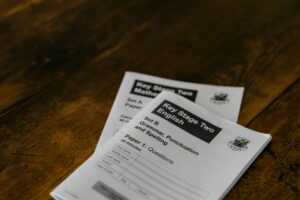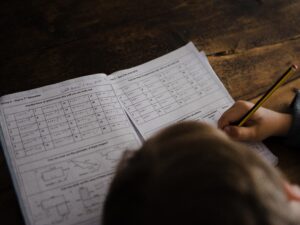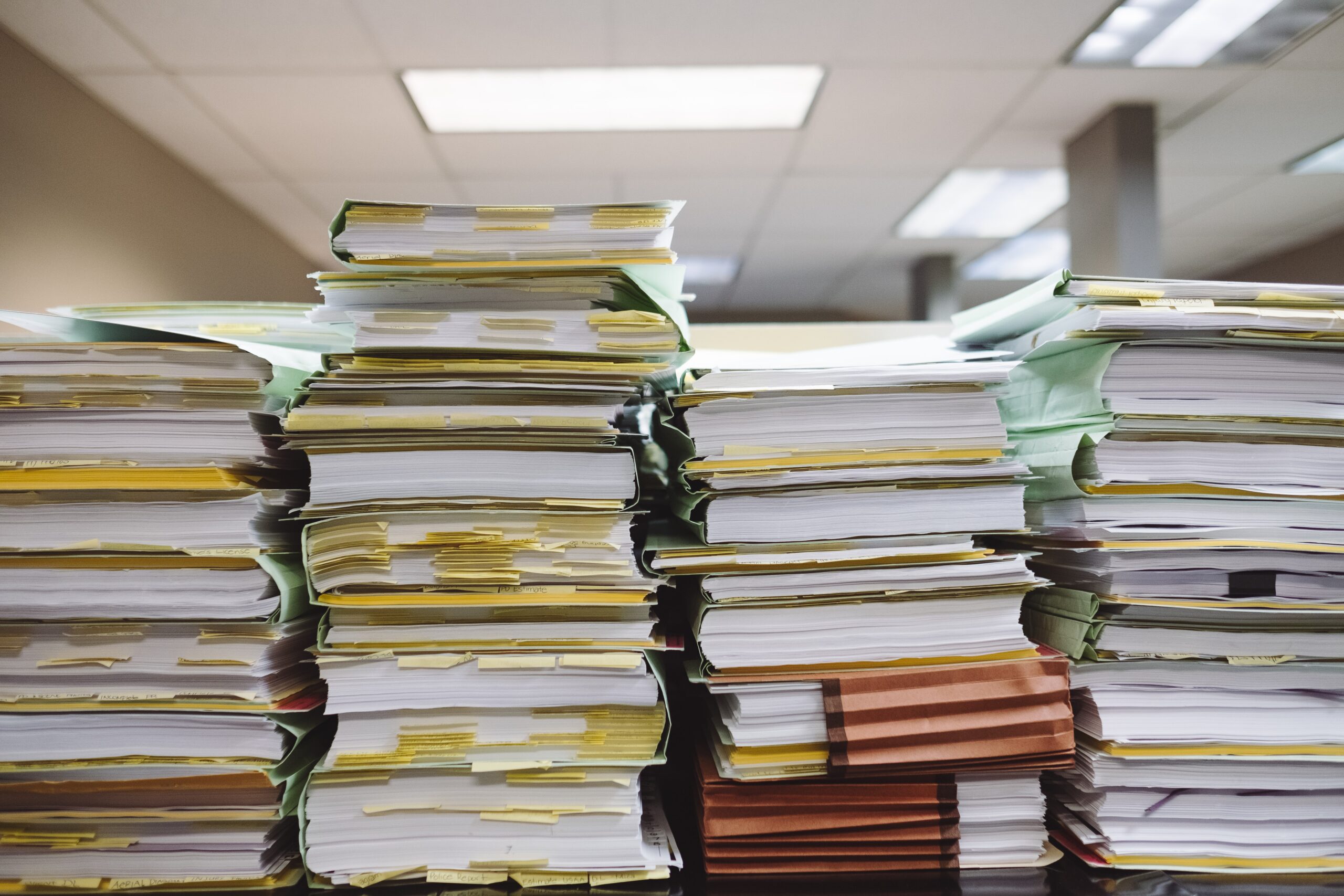
How Do You Use Data in Schools?
Data skills don’t come naturally to everyone. Knowing how to use data effectively can be difficult to master, and on top of that, turning raw figures into concise, readable reports is a skill in itself.
In the education system, working with data can be unavoidable, as it often goes hand-in-hand with providing pupils with the best learning experience possible. By collecting administrative and process data in schools, you can improve teaching strategies, plan interventions, and implement new programmes that benefit everyone – pupils, teachers, parents, and staff.
However, working with data doesn’t have to be a challenge, especially with the wealth of digital technology we have available today. Keep reading to find out more about the metrics that the education system is built around and how they’re changing.
Interested in branching out from a traditional focus on quantitative data into new areas? We’re going to cover methods of collecting data other than handing out assessments or tracking pupil attendance. Primary education is about so much more than just grades and test results. Equally important are health and wellbeing, perceptions of the classroom environment, and so many other school processes that work in tandem to keep children happy, safe, and engaged in their learning.
Finally, you need to know how to organise the data that you collect. We’ve got a few ideas for that, too.
This is the perfect way to refresh key talking points or settle any lingering questions you have about the handling of process data in schools. It might also give you inspiration for how to identify problem areas and implement key changes in your school!
What is Process Data in Schools?
If you’re looking to answer any question about school processes, you’re going to need to find evidence for it. This is especially true if you’re looking to improve an aspect of the school’s performance or the student’s quality of education.
Knowing what to look for is half the battle. Data to collect about the makeup and functions of your school include:
Data about Students
- Number of pupils in the whole school
- Number of pupils per cohort and per class
- Attendance and late-comings
- Demographics (gender, ethnicity/race, background)
- Languages spoken
- Results from end-of-unit tests and assessments
- Pupil perceptions of the school
Data about Teachers
- Number of teachers
- Number of support staff and administrators
- The ratio of students to teachers
- Training courses and certifications
- Retirement projections
- After-school programme involvement
Data about the School Community
- Extracurricular activities and after-school programmes
- Staff turnover rate
- Level of ESL support for parents and pupils
- Demographics of the catchment area
- Growth projections
- Parent perceptions of the school
- Special qualities of the school

There are two main classifications of data available for us to use: quantitative and qualitative. With names so similar, it’s very easy to get them mixed up.
Quantitative data is all about numbers, whether it has to do with raw figures, ratios, or percentages. When someone thinks about the word ‘data’, this is what they usually imagine. This could be information specific to an individual child, like their attendance, or their assessment scores. On the other hand, it could also cast a wider net, like the number of pupils in the whole school, or how many children make use of the breakfast club.
Many schools collect this information to improve their processes and call it done. That means they miss out on a wealth of data available to them that can’t be used in graphs but could be used to benefit teachers.
Qualitative data has to do with qualities or characteristics. Notably, it’s got nothing to do with numbers. This kind of data comes from questionnaires, observations, focus groups, or interviews.
In schools, this might be about pupil or parent perceptions of the school. What do they like best about their education, and what do they feel could be stronger? When there are so many possible answers available, it’s difficult to display this numerically.
Different Ways of Collecting Data in Schools
For quantitative data:
- Organizing test scores electronically (if they’re not already)
- Using student surveys with numerical values and scales.
- Tracking attendance and behaviour using software
For qualitative data:
- Surveys and questionnaires sent home with students or filled out in class
- Interviews with students, staff, and parents
- Observations in the classroom
- Documentation of school processes (teaching strategies, classroom practices)
Remember: don’t go overboard on data collection. There is such a thing as too much when it comes to data, after all. Not only does it overburden staff with busy work, but too much useless information can also disguise real patterns in student behaviour and real problem areas in your school.
A good practice is setting one or two dates for data collection, not including what’s done automatically through your school systems. This reduces fatigue with filling out forms or chasing down letters sent home, something that is no doubt felt by students, parents, and teachers alike.
How Do You Use This Data to Improve School Processes Once it’s Collected?
Data on its own isn’t useful – it has to be interpreted. Easier said than done.
You can look at one set of data on its own, such as test results or predicted grades. Sometimes this can fail to give you a full, accurate picture of what’s going on at your school, as it’s only half the story. It can even be misleading.
So, how can you get a better idea of why pupils are doing well in one subject or struggling in another. How can data be used to spark a change in school processes?
Looking at assessment results might tell you which individual children are high-achieving, but consider combining it with other variables like pupil perception of the classroom environment for an in-depth study. This can aid your understanding of children’s educational needs, allowing you to identify areas for improvement in your teaching strategies and tailor school processes to accommodate everyone.
For example, in a student survey, you collect data on how children perceive the learning environment – do they feel positively or negatively about it? Their answers can be separated into groups because the school also have data on classes that receive nightly homework versus those who get weekly homework.
Comparing both sets can let you know which process students benefit more from, and going forward, you can choose the one that works best for your school, preparing for the next few years.

Pitfalls of Process Data in Schools
Even though using data to improve your school’s learning environment is usually a net positive, there can be some downsides if you’re not careful. It’s important to bear these things in mind when looking at the information you have available or planning a drive to collect it.
Collecting data can be time-consuming.
Teachers are busier than ever these days. From planning lessons to marking tests, they’ve got a lot on their plates. And it isn’t just them! Running a school is a big effort for administrators, support staff, and your SLT.
There just aren’t enough hours in the day for planning surveys, calculating test scores over months and years, and writing reports on top of providing a fantastic learning experience for students.
But collecting data doesn’t have to be a burden. To avoid this problem, make sure you have effective pupil tracking software to skip unnecessary bureaucracy and save teachers’ time.
It can be most useful in the short term.
When collecting data on school processes, you might find that it’s of most value to you then and there – especially if it’s about individual pupils and their progress. The data that is urgent is often the data that can make the biggest impact on learning and teaching now rather than two or three years down the line. This can result in stressful deadlines that you’re not prepared for.
For example, if you implement a new process, it’s definitely worth teachers’ time to collect data on it. What if you see a decline in pupil satisfaction or test scores across a class or cohort? While it’s important to wait until you have the whole picture, planning an immediate intervention may need to become a priority if you want to improve the experience of students in that class. Otherwise, you might be missing out on the full potential of that data.
A similar problem is that if you are relying on teachers and staff to input the data, it’s often suggested that they do it as soon as possible to prevent forgetting the data or memory bias. You can never fully reduce the strain data collection puts on teaching professionals, but you can mitigate it.

Use Sophisticated Digital Technology to Make Your Life Easier!
Gone is the era of filing cabinets and paper folders. Nowadays, there are plenty of digital options for processing data in schools – there’s no need for yet another spreadsheet!
This can have so many benefits, from making it easier to collect in the first place to producing readable reports on the fly:
- It’s quick to upload raw data and receive back graphs and charts.
- Data collected and analysed is comprehensive over long periods of time.
- Produces well-presented and easy-to-digest reports that are often fully automated.
- Helps to keep data consistent across years and decades for future planning.
- Organised and accessible for pupils, parents and guardians, teachers, and SLT.
Learning Ladders helps you handle process data in schools confidently and with ease, among other things. It also facilitates good communication between teachers and parents, which can help when you’re looking to collect data externally.
For more information, check out the main features here.
Food for Thought
When it comes to collecting and processing data in schools, there’s a lot of things to take into account. Consider asking yourself these questions next time you go to prepare a survey or compare assessment results:
- What kind of data will you be analysing? Is it meaningful?
- How does it support the growth and development of the school?
- How can you use this to accomplish the ultimate goal of data collection – improving children’s learning and raising achievement?
